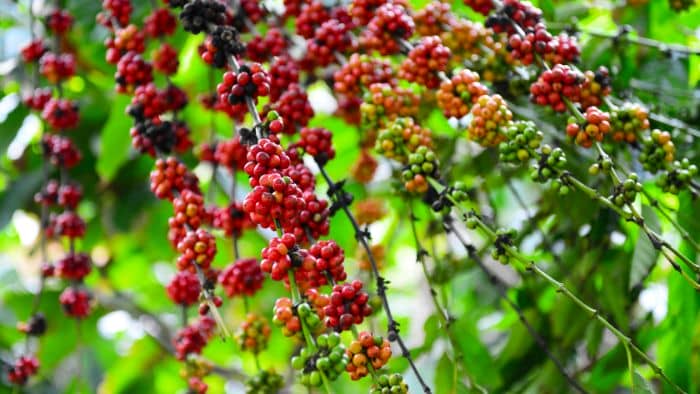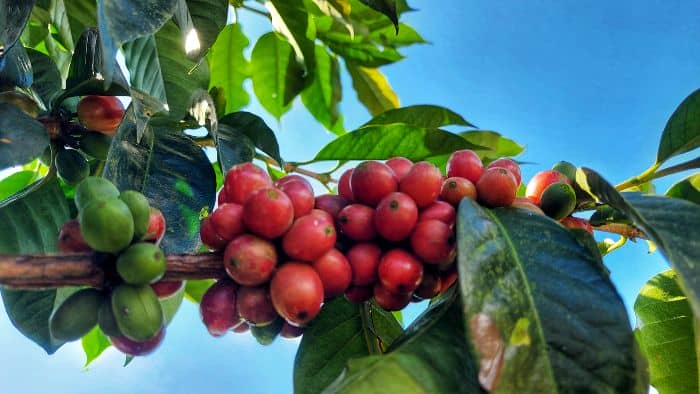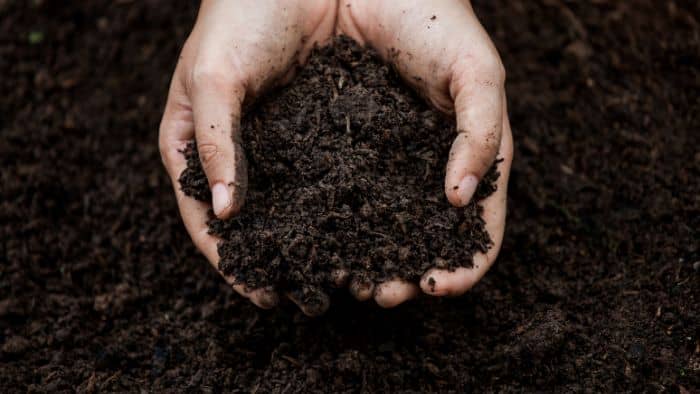Would you like to know what is the Best Soil for Coffee Plants? If that is the case then this blog post is filled with vital information to meet your plant’s demands. These essential perennials grow best in humid environments. Therefore, before planting them, there are a few things you should think about.
This is because if your coffee plants are not cultivated in the right conditions, the quality of the bean will be heavily flawed. Like most other garden plants, these ones also have their specific demands to thrive. These include indirect light and damp conditions amongst others.
In order for them to grow to their maximum potential, planting them in a nutrient-rich medium is also vital. Carefully monitoring nutrient levels, soil pH, and drainage properties are essential to keep them healthy. Implementing the tips below will afford you abundant flavorful harvests that can be enjoyed by the whole family.
The Origins of Coffee Plants
Aside from the best soil for coffee plants, let’s discuss its origins! Would you believe that the history of coffee cultivation dates back many millennia to the old coffee forests in Ethiopia? The discovery of this demanded product was first eaten by goats according to reports. Seeing that it gave them an abundance of energy when consumed, the local monastery’s abbot used the berries to make a beverage.
This is when they discovered that it kept them awake throughout their nightly prayer. Thereafter, this news spread, and coffee eventually made it to the Arabian Peninsula, where it started a voyage that would take the beans all over the world. The Arabian Peninsula became the origin of the coffee trade and cultivation.
Later on, countries that include Turkey, Persia, Egypt, and Syria became regular consumers of the satisfying brew these little coffee berries offered. It quickly became a sought-after beverage that was consumed daily in homes and numerous public coffee houses that offered it.

How to Grow Coffee Plants Indoors
Growing coffee plants indoors is quite simple if you are aware of their demands. This is because when they’re provided with the right care and maintenance, they usually produce an abundant yield. Keep in mind that although they are significantly hardy, neglecting them will have negative effects on their quality and productivity.
When establishing your coffee plants, make sure you use the correct growing medium. The soil should have excellent nutrient availability, be well aerated, and have outstanding water retention properties to aid its growth. Seeing that these plants thrive in moisture, watering them timeously is an important factor when it comes to their maintenance.
However, overwatering can have detrimental effects as your plant’s roots may rot and decay in the event. Monitoring the soil to ensure that it doesn’t completely dry out is also essential. Whether you choose to grow them as a houseplant in pots or in the ground, these plants are quite a fantastic choice for both seasoned and novice gardeners. If you want to know more about where coffee grows, here’s an informative link.
How to Care for a Coffee Plant
If you’re in search of an easy and hardy indoor or outdoor plant, then this one is a good choice. Aside from that, they are also quite beneficial if properly maintained as you can harvest the beans to brew your own fresh cup of coffee.
However, this can only be accomplished if you grow them in the best soil as their rich taste will be evident when given the proper care. Listed below are a few vital care and maintenance tips that you should implement to ensure a successful and abundant yield.

1. Light requirements
Coffee plants thrive best in bright indirect sunlight. This is because the harsh rays of the sun for extended hours can burn their foliage. Therefore, if growing them indoors in pots, it is best to keep them next to a shaded window to enhance their growth.
2. Temperature requirements
When it comes to temperature conditions, coffee plants have their specific demands just like any other. These perennials won’t grow well in extremely cold or hot weather. For them to thrive, it is best to keep them in a mildly humid atmosphere that does not exceed 65 C. They should also be protected during the cold seasons and should be moved indoors if grown in pots on the outside.
3. Soil requirements
A growing medium is one of the most important factors when growing any plant. This is also true when it comes to coffee plants. Ensuring that the soil is organic-rich with the right amount of nutrients is best to grow them. Keep in mind that it should also be slightly loose to allow for sufficient aeration and drainage.
4. Watering requirements
You may be surprised to know that these plants are quite thirsty and therefore, grow best when fed adequate amounts of water. They flourish in damp soil, so regular watering is a must. However, the soil should not dry out completely as this would flaw your plant. On the other hand, drowning them in moisture can also have negative effects, most notedly, by causing the roots to rot.

Coffee Plant Soil – The Best Recommendations
Coffee plant soil should consist of certain beneficial components to aid your perennial in reaching its ultimate potential. For this reason, it is crucial that the right combination is used for your plant to thrive. Also, remember that these plants do exceptionally well in a slightly acidic environment.
It is recommended to use this growing medium as it is organic-rich with exceptional water retention properties. The soil mix recipe below will afford you healthy and happy plants that will give you favorable yields.
Coffee Plant Soil Recipe:
One part volcanic rock dust – This is an essential addition as it provides your plants with the micronutrients and other metal components that they need to thrive.
One part vermiculite – Seeing that these plants need a well-aerated soil structure, adding vermiculite to the mix will enhance these capabilities and allow the coffee plant to breathe freely.
One part peat moss – For the best water retention capabilities, peat moss is an essential ingredient that makes up this soil mix. Aside from that, it also controls soil pH as it is naturally acidic and aids in retaining water.
One part compost – This ingredient plays a vital part in supplying the coffee plant with the nutrients it needs. It also aids with water retention.
A handful of sphagnum moss – You should add this to the soil mix to lower the pH levels to a range of 6.0 to 6.5 as these plants prefer it.

Conclusion
When growing any plant, understanding its need and demands is essential to keep it in good shape. For this reason, using the best soil for coffee plants is a must if you are looking forward to seeing them flourish. This is because they prefer to thrive in soil that is fertile, well-drained, abundant in nutrients, and well-oxygenated.
If you have a look at most coffee farms, you would see that they use volcanic soil to grow their plants. This is because these perennials have a history of thriving in regions that contain this soil type as some of the largest producers of coffee hail from these areas.
Rich peat-based potting soil mixed with lava rock sand comes closest to the coffee plants’ natural habitat. Remember, when growing them in pots, you have the privilege of amending the medium to suit your plant’s needs. Implementing the steps above and together with the soil mix recipe will afford you gorgeous plants all year through. If you want to see how coffee berries are harvested indoors, watch this video.

